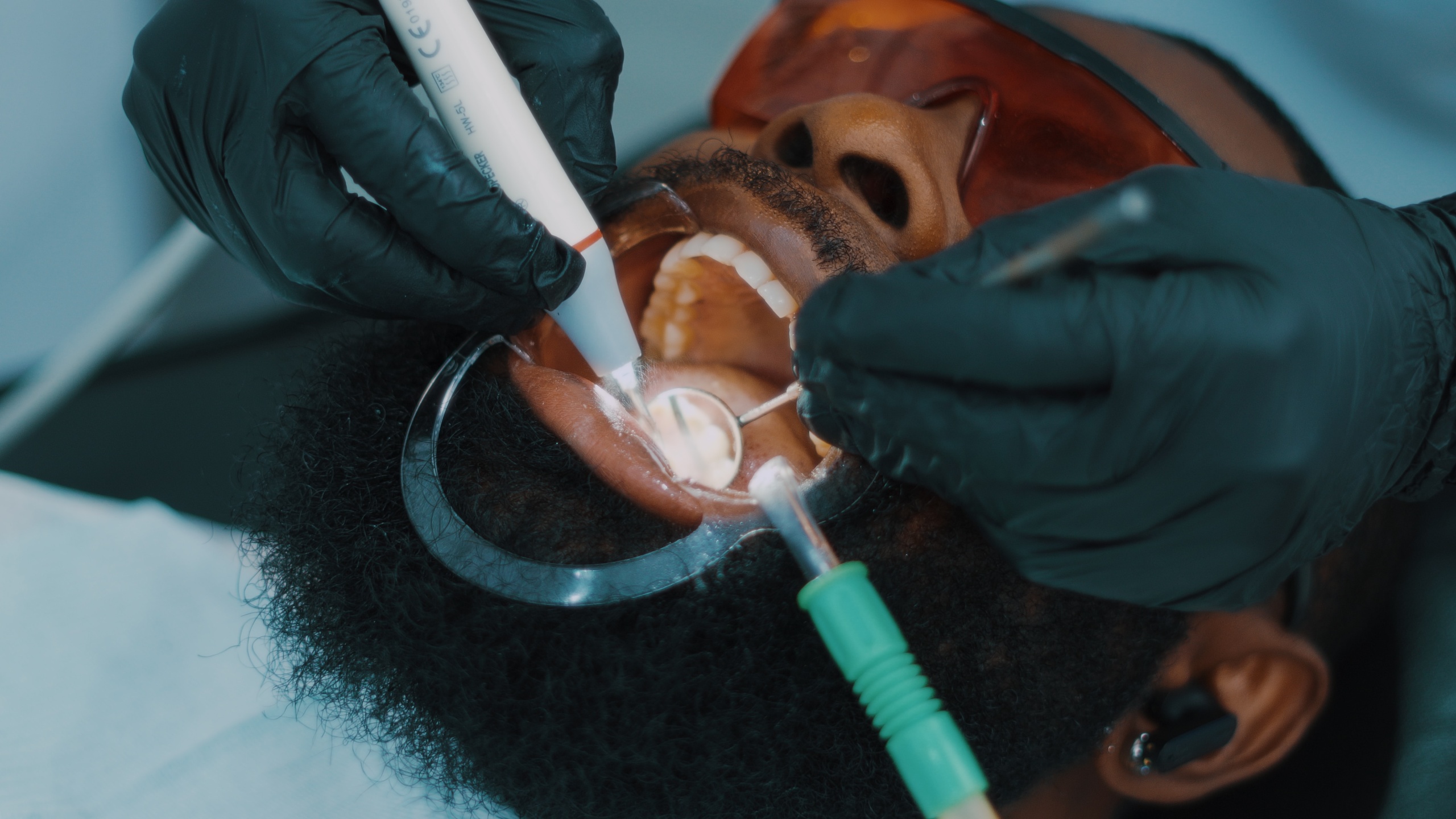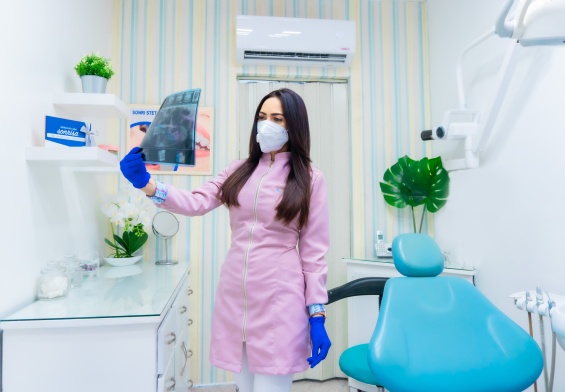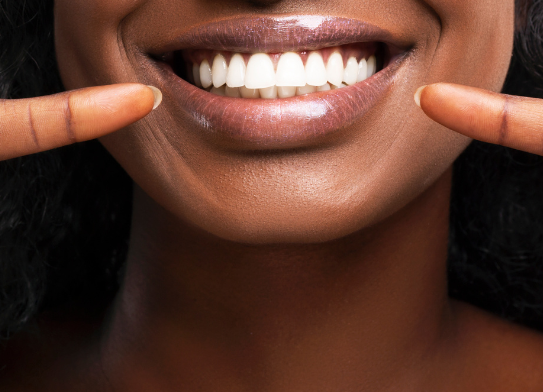In the dynamic world of healthcare, the integration of Artificial Intelligence (AI) stands as a beacon of innovation, significantly influencing various sectors, including the nuanced field of cosmetic dentistry. This integration has ushered in a revolution, offering unprecedented precision, efficiency, and patient satisfaction. As we explore this topic further, we unravel the multifaceted impact of AI on cosmetic dentistry, illustrating its potential to redefine dental aesthetics and patient care.
A Paradigm Shift in Cosmetic Dentistry
Cosmetic dentistry, a domain dedicated to enhancing the aesthetics of the smile and overall facial appearance, has undergone profound advancements with the integration of AI technologies. These advancements have empowered dental professionals to leverage vast amounts of data, streamline workflows, and improve treatment outcomes, heralding a new era of dental care that is both advanced and personalized.
Smile Design: A Collaborative Approach
One of the most notable applications of AI in cosmetic dentistry is in the realm of smile design. Traditionally, dentists relied on manual assessments and patient preferences to develop customized treatment plans. However, the advent of AI has revolutionized this process, enabling the analysis of facial features, tooth morphology, and symmetry to generate precise virtual simulations of potential smile designs.
These simulations serve as a powerful tool, assisting dentists in collaborating with patients, visualizing the end result, and making informed decisions regarding treatment options. This collaborative approach fosters a more personalized and satisfying experience for patients, who can now actively participate in the design process, ensuring that the final outcome aligns with their expectations and desires.
Aesthetic Analysis and Treatment Planning
AI plays a pivotal role in aesthetic analysis and treatment planning, offering a level of precision that was previously unattainable. By analyzing patient images, AI systems can accurately assess various factors such as tooth color, shape, alignment, and gingival contours. This analysis enables dentists to create personalized treatment plans that are tailored to the individual needs and preferences of each patient.
Furthermore, AI-powered software assists in predicting the longevity and aesthetic success of different treatment options. This predictive capability allows dentists to recommend the most suitable procedures for each patient, fostering a more targeted and effective approach to cosmetic dentistry.
Enhancing Diagnostic Accuracy
In addition to its role in aesthetic analysis and treatment planning, AI has also proven to be a valuable tool in the diagnosis of dental conditions. Through the analysis of dental images and radiographs, AI algorithms can detect and classify various oral pathologies, including dental caries, periodontal disease, and temporomandibular joint disorders. This early detection facilitates timely interventions, contributing to improved oral health outcomes and preventing the progression of potentially serious conditions.
Revolutionizing Patient Communication and Education
The integration of AI in cosmetic dentistry has also brought about significant advancements in patient communication and education. Interactive virtual reality (VR) and augmented reality (AR) platforms have emerged as powerful tools, enabling patients to visualize the anticipated results of cosmetic dental procedures in a realistic and immersive manner.
These technologies enhance patient understanding, satisfaction, and collaboration during the treatment planning process, offering a more engaging and informative experience. By allowing patients to visualize the potential results of their treatment, these platforms foster a deeper understanding and appreciation of the procedures, enhancing patient satisfaction and trust in the treatment process.
The Future Horizon: Unleashing Greater Potential
As AI continues to evolve, the future of cosmetic dentistry holds even greater potential for transforming smiles and empowering dental professionals to deliver exceptional aesthetic outcomes. The ongoing developments in AI technologies promise to bring about further advancements in various aspects of cosmetic dentistry, including:
Advanced Tools for Smile Design
The future holds the promise of even more advanced tools for smile design, with AI algorithms capable of analyzing a broader range of factors and generating increasingly accurate simulations. These advancements will enable dentists to create even more personalized and aesthetically pleasing smile designs, catering to the unique needs and preferences of each patient.
Predictive Analytics for Improved Treatment Planning
The integration of predictive analytics into treatment planning promises to further enhance the precision and effectiveness of cosmetic dentistry procedures. By leveraging advanced algorithms, dental professionals will be able to predict the potential outcomes of various treatment options with greater accuracy, facilitating more informed decision-making and improved treatment outcomes.
Enhanced Diagnostic Capabilities
As AI technologies continue to advance, we can anticipate further enhancements in diagnostic capabilities. AI algorithms will become increasingly sophisticated, capable of detecting a broader range of conditions with greater accuracy. This progression promises to facilitate earlier interventions and more effective treatment strategies, contributing to improved oral health outcomes.
Case Studies: AI in Action
To further illustrate the transformative impact of AI on cosmetic dentistry, let’s explore a few case studies that highlight the real-world applications of this technology:
- Virtual Smile Design: In a recent case, a dental clinic utilized AI-powered smile design software to create a virtual simulation of a patient’s potential smile transformation. This simulation allowed the patient to visualize the expected results, fostering a sense of excitement and confidence in the treatment plan.
- Predictive Analytics for Treatment Planning: In another instance, a dental practice leveraged predictive analytics to assess the potential outcomes of various treatment options for a patient seeking to enhance their smile. This analysis enabled the dentist to recommend the most suitable procedures, resulting in a highly successful and aesthetically pleasing outcome.
- Enhanced Diagnostic Capabilities: A dental clinic utilized AI algorithms to analyze dental radiographs, successfully identifying early signs of periodontal disease in a patient. This early detection facilitated timely intervention, preventing the progression of the disease and preserving the patient’s oral health.
Conclusion
The integration of artificial intelligence in cosmetic dentistry has revolutionized the field, offering advanced tools for smile design, aesthetic analysis, treatment planning, and diagnosis. This integration has not only improved precision and efficiency but also enhanced patient communication and satisfaction, fostering a more personalized and fulfilling experience for patients.
As we stand on the cusp of a new era, the future of cosmetic dentistry holds immense potential, promising to transform smiles and empower dental professionals to deliver exceptional aesthetic outcomes. Through the ongoing advancements in AI technologies, we can anticipate a future where cosmetic dentistry is characterized by unprecedented levels of precision, efficiency, and patient satisfaction, heralding a new era of dental care that is both advanced and personalized.




